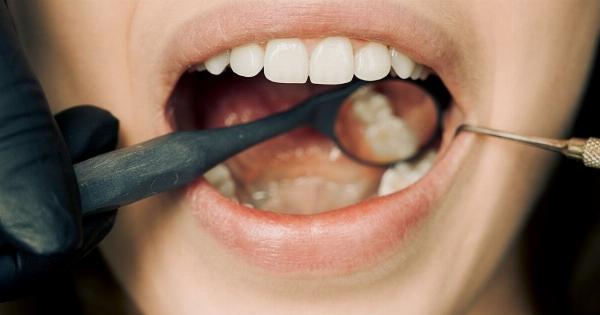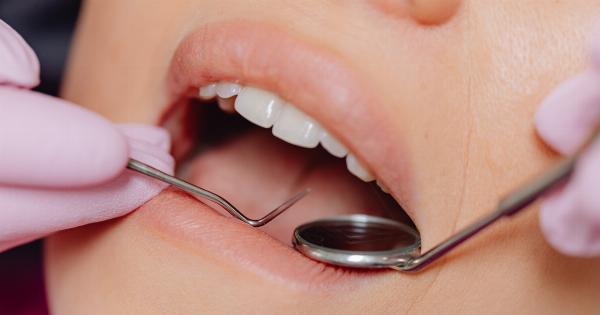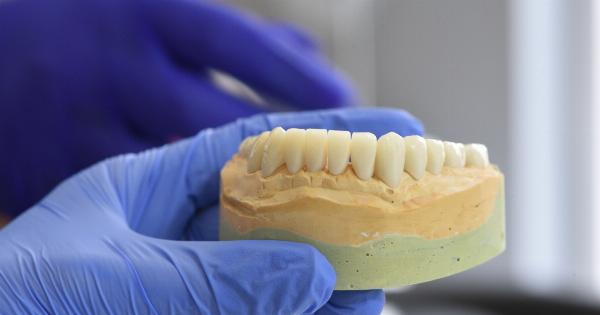When it comes to taking care of our oral health, dental insurance plays a crucial role in affording the cost of necessary dental procedures.
However, navigating through the intricacies of dental insurance can be overwhelming, with various terms, coverage options, and limitations. In this article, we will break down dental insurance, outlining what is included and what is not, in order to help you make informed decisions regarding your oral health and insurance coverage.
What Does Dental Insurance Cover?
Dental insurance policies typically cover a wide range of preventive, basic, and major dental procedures. Let’s explore each category in detail:.
Preventive Procedures
Preventive procedures are essential for maintaining good oral health and preventing dental issues in the long run. Dental insurance plans usually cover the following preventive services:.
- Regular dental check-ups and cleanings: These visits to the dentist are typically covered twice a year. They include a thorough examination, cleaning of plaque and tartar, and X-rays if necessary.
- Fluoride treatments: Dental insurance often covers fluoride treatments, especially for children, as they help strengthen tooth enamel and prevent tooth decay.
- Dental sealants: Sealants are protective coatings applied to the chewing surfaces of the back teeth (molars) to prevent cavities. Dental insurance may cover sealants for children but may have limitations for adults.
Basic Procedures
Basic dental procedures involve more extensive treatments than preventive care. The most common basic procedures covered by dental insurance include:.
- Fillings: Dental insurance plans usually cover the cost of amalgam (silver) fillings, and some may also provide coverage for composite (tooth-colored) fillings.
- Root canal therapy: Insurance coverage for root canal treatment can vary, but typically covers a portion of the cost, considering it is a more complex procedure.
- Extractions: Dental insurance often covers the extraction of teeth, including simple extractions and surgical extractions.
Major Procedures
Major dental procedures are typically more expensive and complex than preventive or basic treatments. Some common major procedures covered by dental insurance include:.
- Crowns: Dental insurance often covers a portion of the cost for crowns, which are tooth-shaped caps used to restore and strengthen damaged teeth.
- Bridges: Dental bridges replace missing teeth and are usually partially covered by insurance, although limitations and waiting periods may apply.
- Dentures: Partial or complete dentures may be covered by dental insurance. However, coverage varies depending on the type of dentures and the insurance plan.
- Orthodontics: While dental insurance typically does not cover orthodontic treatment for adults, many plans provide coverage for children, helping with the cost of braces or other orthodontic appliances.
- Implants: Dental implants, which are artificial tooth roots used to replace missing teeth, are usually not covered by dental insurance. Nonetheless, certain plans may provide partial coverage.
Limitations and Exclusions
Despite dental insurance covering various procedures, it’s essential to understand the limitations and exclusions within your plan. Common limitations include waiting periods, pre-existing conditions, annual maximums, and missing tooth clauses.
Here are a few things to keep in mind:.
- Waiting periods: Some dental insurance plans have waiting periods before specific procedures are covered. This means that you may have to wait a certain amount of time after enrolling in a plan before you can receive coverage for certain treatments.
- Pre-existing conditions: If you have a pre-existing dental condition, such as a missing tooth, dental insurance may not cover the cost of procedures related to that condition. It’s important to review the terms of coverage for pre-existing conditions before selecting a dental insurance plan.
- Annual maximums: Dental insurance plans often impose an annual maximum, which is the maximum dollar amount they will pay for procedures within a given year. If your dental needs surpass the annual maximum, you will be responsible for covering the additional costs.
- Missing tooth clauses: Some dental insurance plans may have exclusions for procedures related to missing teeth, especially if the tooth was missing before the coverage began. These exclusions can include implants, bridges, or dentures.
What’s Not Covered by Dental Insurance?
While dental insurance covers a wide range of procedures, there are certain treatments and services that are generally not covered. These may include:.
- Cosmetic dentistry: Dental insurance typically does not cover cosmetic procedures such as teeth whitening, veneers, or cosmetic bonding, as they are considered elective procedures.
- Orthodontics for adults: As mentioned earlier, most dental insurance plans do not provide coverage for orthodontic treatment in adults, as it is considered a cosmetic procedure.
- Experimental treatments: If there is a new dental treatment or procedure that is still considered experimental, it is unlikely to be covered by dental insurance.
Understanding Coverage Levels
Dental insurance plans often categorize procedures into different coverage levels, which impact the percentage of the cost covered by the insurance company and the out-of-pocket expenses for the insured individual. The three common coverage levels are:.
- Preventive coverage: This level typically covers preventive procedures such as cleanings, X-rays, and check-ups at a high percentage, often around 80-100%.
- Basic coverage: Basic procedures like fillings and extractions are usually covered at a moderate percentage, typically around 70-80%.
- Major coverage: Major procedures, including crowns, bridges, and dentures, are typically covered at a lower percentage, often around 50-70%.
Considering Dental Insurance Alternatives
While dental insurance can be beneficial, it may not be the most cost-effective option for everyone. There are alternatives worth considering:.
- Discount dental plans: These plans offer discounted rates for dental procedures through participating dentists. While not insurance, they can provide significant savings for individuals and families.
- Health savings accounts (HSAs) or flexible spending accounts (FSAs): These accounts allow individuals to set aside pre-tax dollars to pay for dental and medical expenses.
- Direct payment arrangements: Some dental practices offer payment plans or discounts to patients who pay directly without involving insurance.
Final Thoughts
Understanding the ins and outs of dental insurance is crucial for making informed decisions about your oral health and financial well-being.
While dental insurance can help offset the cost of many dental procedures, it’s important to carefully review the terms and limitations of your specific plan. By knowing what is included and what is not covered, you can ensure you are maximizing the benefits of your dental insurance coverage.

























